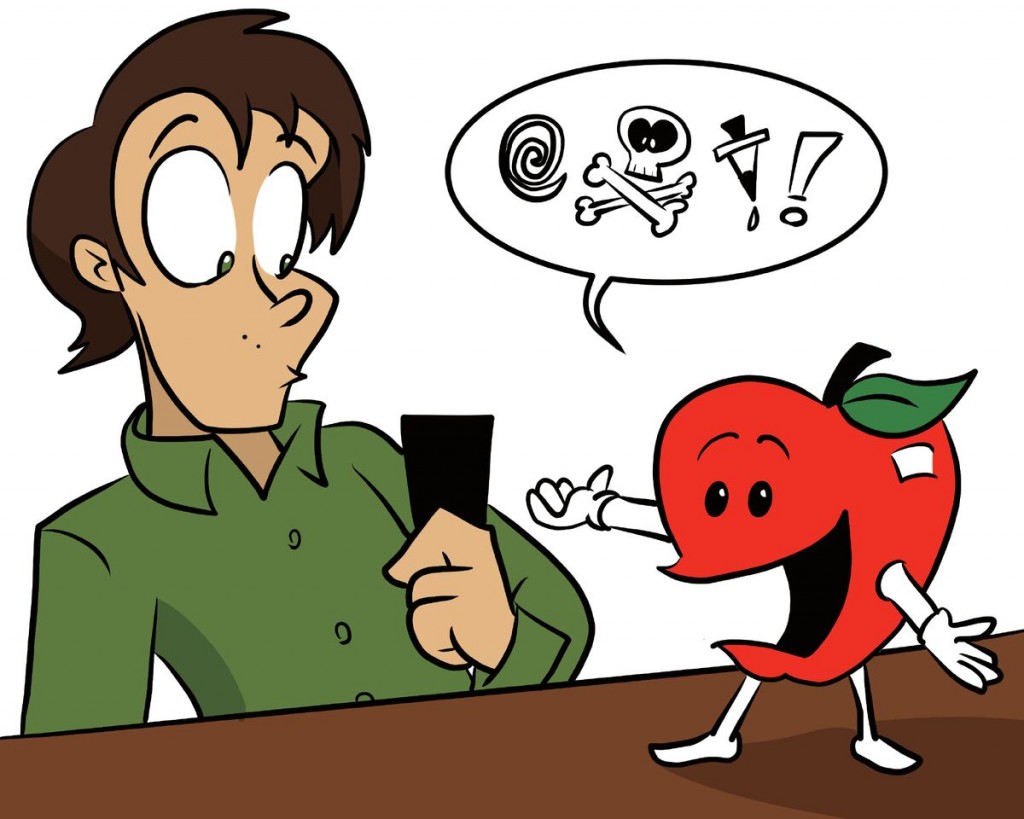
‘Apples to Apples’ and ‘Cards Against Humanity’ game reviews
By Ed Appleby, Contributor
5/5
Innovation often comes in the form of pairs. Sometimes it is in the conflict of different brands pushing the same basic technology with slight differences; other times it is a genesis of innovation and refinement. That is the case with these two wonderful games—one ground-breaking, the other record-setting.
Apples to Apples (1999) is a judged matching game for four or more people designed by Matthew Kirby and Mark Alan Osterhaus and published by Mattel. Cards Against Humanity (2011) is a judged matching game for four or more people designed and published by the Cards Against Humanity Team. In these games, the players take turns acting as judge and they read a subject card (green or white depending on the game), then all other players contribute cards (red or black depending on the game) that they feel best matches the judge’s card. The cards are read out, hilarity ensues, and the player who contributes the best match gets the judge’s card. The first player to get to the predetermined number of green (or white) cards wins.
Though the mechanics are the same, the two games differ in one fundamental detail. In Apples to Apples, the cards are green adjective cards that are paired with red noun cards. In Cards Against Humanity, the judges’ cards are fill in the blank, with the black cards having very specific and explicit things. This allows the two games to thrive together, with Apples to Apples being more family-friendly and universal and Cards Against Humanity catering to a much lewder adult audience.
The base mechanics of both games are very strong, and I would recommend either or both for any collection, depending on what you’re into.

